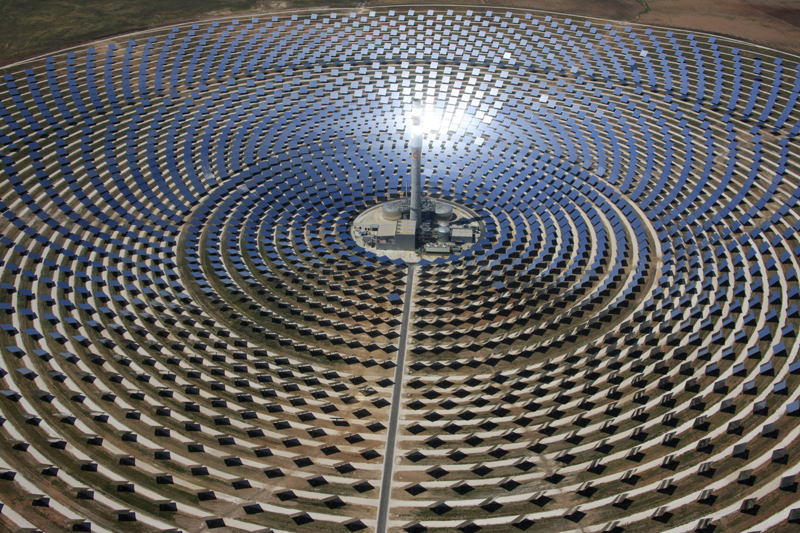The Challenges of America’s Energy Revolution
< < Go Back
The U.S. is undergoing an energy revolution in oil, gas, wind, solar and energy efficiency. But abundance brings its own perils.
 Through the first six months of 2013, the Permian has been producing nearly 900,000 barrels of oil a day, the highest level in a generation. Unemployment in Midland is at 3.4%. Fast-food restaurants offer bonuses worth $3,000 if employees stay on the job for a few months. That hasn’t stopped many of them from seeking the far better wages in the oil and gas fields. The once foundering Petroleum Club in downtown Midland now has a waiting list for membership. And there are proposals to build a 59-story office tower in the heart of the city. “What’s happening in the Permian Basin and Texas has been dramatic,” says David Porter, head of the Texas railroad commission, which oversees the oil and gas industry. “And what’s going on in Texas can be reproduced elsewhere.”
Through the first six months of 2013, the Permian has been producing nearly 900,000 barrels of oil a day, the highest level in a generation. Unemployment in Midland is at 3.4%. Fast-food restaurants offer bonuses worth $3,000 if employees stay on the job for a few months. That hasn’t stopped many of them from seeking the far better wages in the oil and gas fields. The once foundering Petroleum Club in downtown Midland now has a waiting list for membership. And there are proposals to build a 59-story office tower in the heart of the city. “What’s happening in the Permian Basin and Texas has been dramatic,” says David Porter, head of the Texas railroad commission, which oversees the oil and gas industry. “And what’s going on in Texas can be reproduced elsewhere.”
It already is. Forty years after the 1973 Middle East oil embargo ushered in an era of energy scarcity, the U.S. is in the midst of a power revolution, driven largely by new technology. Hydraulic fracturing and horizontal drilling have allowed energy companies to unlock vast new supplies of oil and natural gas. Wind and solar have gone from green dreams to economic realities, while utilities are remaking the rickety power grid into something smarter and far less wasteful. Within a decade North America as a whole could produce as much oil as it consumes, reducing the influence of the Middle East. “The transformation we’ve seen in just the last few years from an outlook of scarcity to one of abundance is real,” says Jason Bordoff, director of Columbia University’s Center on Global Energy Policy. “It has huge economic, geopolitical and environmental implications.”
The benefits are abundant. By displacing dirtier coal, cheap natural gas has helped reduce U.S. greenhouse-gas emissions even as it has boosted U.S. manufacturers that rely on gas as a feedstock. Falling oil imports means that billions of dollars that once went abroad are now staying in the U.S., providing capital for other investments. But energy abundance comes with its own set of challenges. There’s already been an environmental backlash against the fevered exploitation of unconventional oil and gas.
Success could be even scarier: if new technologies can ensure that fossil fuels remain relatively cheap for decades ahead, it will be that much more difficult to wean the world off carbon in time to avert dangerous climate change. Global carbon emissions hit an all-time high last year, and the International Energy Agency reported in June that the world was on a path toward temperature increases that could be as high as 9.5°F by the end of the century. “People can no longer rely on high oil prices and fossil-fuel scarcity to motivate a climate agenda,” says Amy Myers Jaffe, executive director of energy and sustainability at the University of California at Davis. “It completely changes the picture.” The American energy revolution is real–but it may be too much of a good thing.
More From TIME Magazine:



